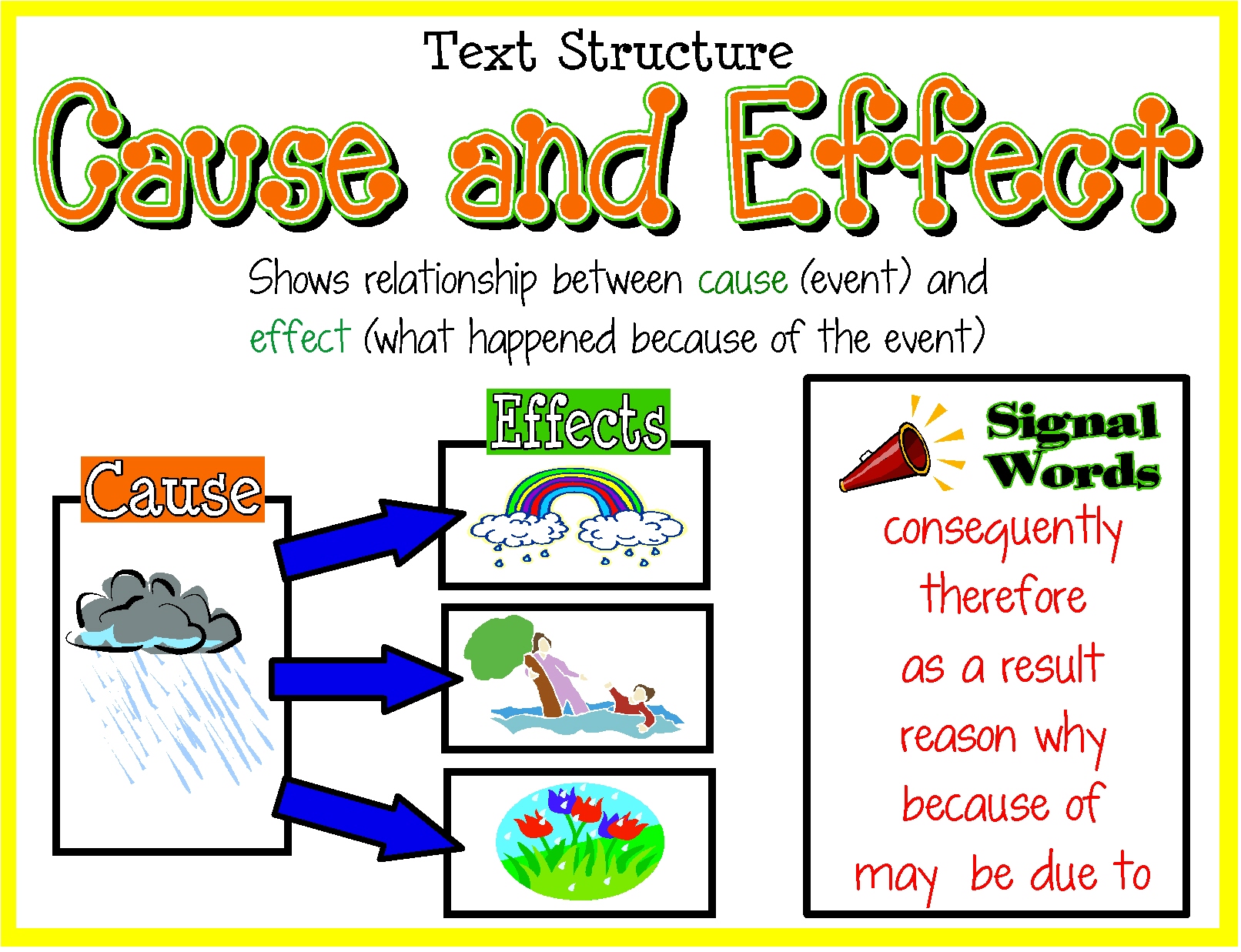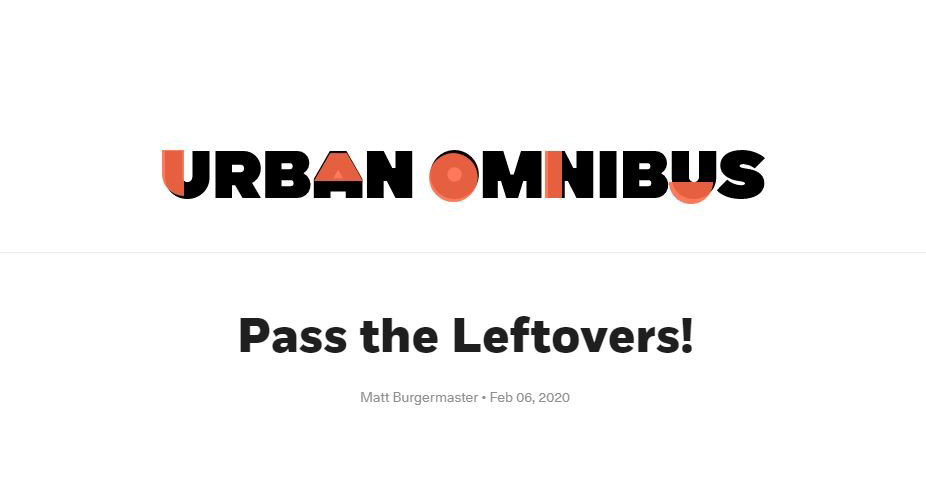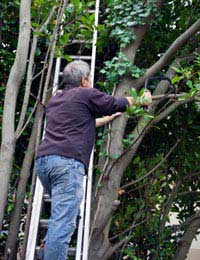The Science of Squats: A Study. - Men's Journal.
The researchers found that the average subject had participated in 4.1 workouts per week for 17.1 months wherein each workout lasted 99.2 minutes. Since 98 powerlifting injuries occurred during this time, the rate of injury was 0.85 injuries per 1,000 hours training. The researchers found that the low back was the most commonly-injured area.After all, PROM squats are physically easier, and they require less coaching. So turn the average guy loose in a weight room, tell him to squat, and you’ll see PROM squats. A recent study published in the Journal of Strength and Conditioning Research examined the characteristics of PROM squats compared to full range of motion (FROM) squats.Front squat vs back squat low bar and high bar is different biomechanically because of their different moment arm. So it will recruit more of the quads or glutes depending of the style use. But if I'm not mistaken i read about quads hamstring and glutes activity is the same or don't differ much if im not mistaken. What's your opinion on this?
Association. In the NSCA Position Paper on the squat exercise, the NCSA has rejected these concerns, providing substantial scientific evidence that full range of motion squats do not expose the knee to damaging compressive forces.3 Interestingly, researchers have reported knee joint compression may be higher in the partial range.This paper presents an automatic method for detecting railway surface defects called “squats” using axle box acceleration (ABA) measurements on trains. The method is based on a series of.

The purpose of this research was to compare the muscular performance attained and the activation of paraspinal trunk muscles during an Olympic bar deadlift exercise under stable and various unstable conditions. The hypotheses of this study were the following: (a) maximum isometric strength would be lower under unstable conditions and (b) the.











